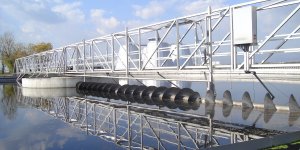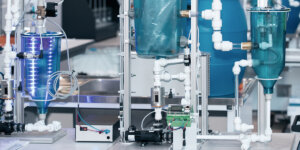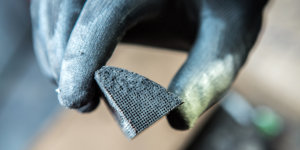
PHOTO/PEXELS, DARIA SHEVTSOVA
With climate change’s undeniability comes not only increasing water shortages, but longer periods of drought. As policymakers look urgently to wastewater recycling to stem the gap in water resources, the question is not whether or not reuse is necessary—it is—but how best to approach it. New and emerging contaminants like antibiotic resistant genes (ARGs) pose a potential hazard to public safety and water security. Among adverse health implications that could emerge from the spread of ARGs through the water system is a potential increase in development of antibiotic-resistant super bugs—bugs which we do not currently have medicine to treat.
It is for this reason that Adam Smith, Assistant Professor in the Sonny Astani Department of Civil and Environmental Engineering, and a team of researchers including USC Viterbi Ph.D. candidate Moustapha Harb and Ph.D. students Phillip Wang and Ali Zarei-Baygi, studied and compared samples from an advanced water purification facility in Southern California and groundwater aquifers to detect differences in ARG concentrations. Through their research, published in Environmental Science & Technology Letters this month, they found that the advanced treatment facility, which purifies wastewater to create a near-distilled quality of water suitable for drinking, reduced nearly all targeted ARGs to below detectable limits. The facility then takes this water and uses it to replenish (recharge) the local aquifer to maintain a plentiful supply of groundwater used as local drinking water. In the aquifer samples, they found a ubiquitous presence of ARGs in both control locations and locations recharged with water from the advanced water treatment facility.
Treatment facilities that use an “environmental barrier” – like aquifer recharge in this case – as a step in the water cleaning process, called indirect potable reuse, have traditionally been considered more reliable and are better accepted by the public compared to more direct/immediate forms of water reuse. But the USC Viterbi research found that antibiotic resistance exists in groundwater, from natural occurrence or other sources, and essentially results in a reduction in water quality of the purified water due to it being blended with the environmental water.
How ARGs Spread through Water Treatment Systems
While some ARGs are naturally occurring in microbial communities, antibiotics, ARGs and antibiotic resistant pathogens are on the rise in water sources as a result of the overuse of antibiotics in general.
To reuse water for potable use (drinking water), one approach is to first process the wastewater at a wastewater treatment facility followed by additional physical and chemical treatment at a reuse facility to further improve water quality. Then the treated water is handled in one of two ways:
- In indirect potable reuse, the purified water is infused back into an environmental buffer, like an aquifer. Later, water is pulled from the aquifer and further treated at a drinking water treatment plant before being added to the public water supply.
- In direct potable reuse, purified water does not return to an environmental buffer, but instead, remains within the engineered water cycle, going from the wastewater treatment plant to the water reuse plant to the drinking water treatment plant and then out to your tap.
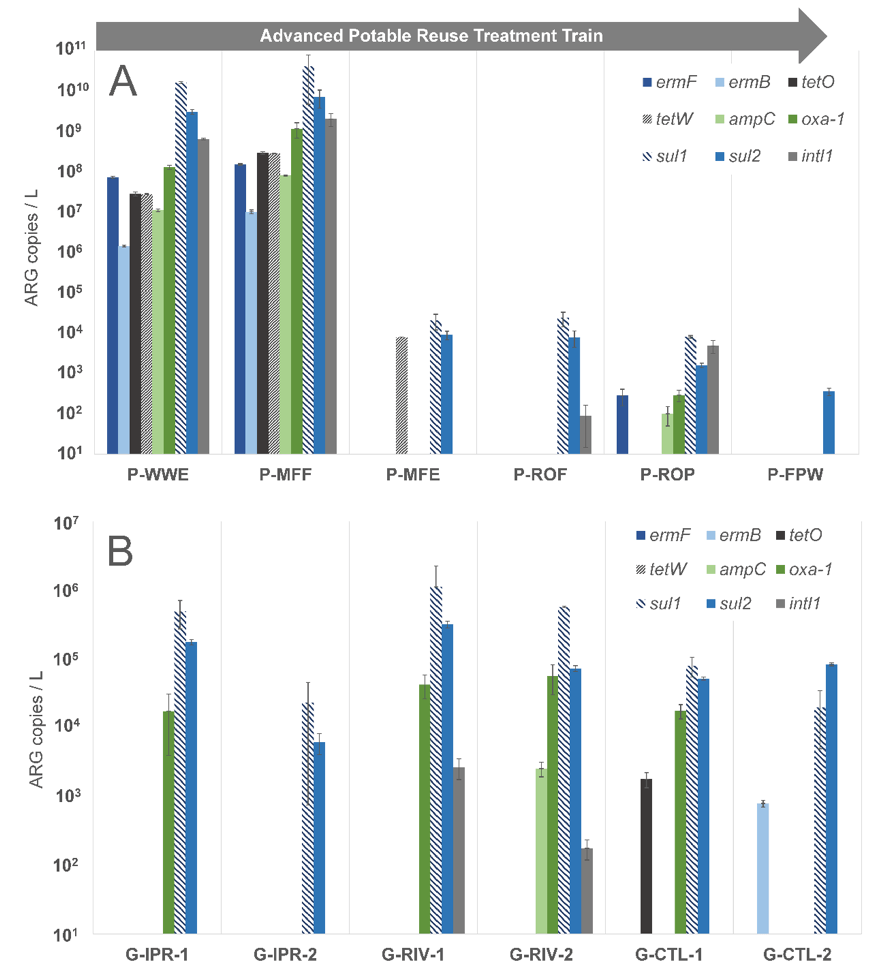
This chart shows ARG levels (normalized per liter of water sample) for (A) the advanced water treatment facility (AWTF) train (“P”) samples and (B) groundwater (“G”) samples. IMAGE/Adam Smith.
Since conventional wastewater treatment plants (suitable for environmental “disposal” of treated wastewater) are not generally designed for removal of micropollutants like antibiotics, they tend to persist in these treatment systems. However, the study found that advanced treatment used for potable reuse removes nearly all antibiotic resistance genes to below detection. When this highly-purified water is introduced into an aquifer, the blended water quality is reduced due to the now detectable levels of the genes and antibiotic-resistant bacteria.
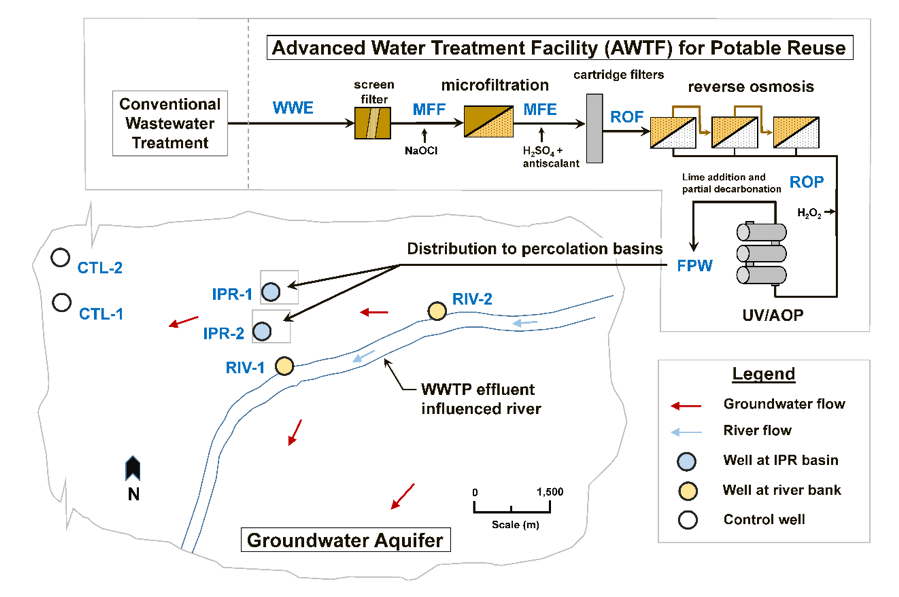
This chart offers a representation of the study’s sampling points (blue text) across (1) an advanced water treatment facility (AWTF) train and (2) the groundwater aquifer which receives its product water through percolation basins. IMAGE/ADAM SMITH
“ARGs are not regulated in any way and are a challenging emerging contaminant of concern due to our reliance on biological treatment in the engineered water cycle,” Smith said. “Because they are biological contaminants—small fragments of DNA that are released to the environment—bacteria present in receiving environments can uptake them, becoming resistant themselves, and further perpetuating the spread of resistance.”
Wastewater reuse is the prevailing option for dealing with a mounting pressure on global water supply and might be preferable to options like desalination, which is expensive and energy inefficient by comparison. Eliminating unknowns that persist in the environmental water buffers could be one way to ensure water that reaches our taps are clean of ARGs and other harmful contaminants.
“Lessening the global spread of antibiotic resistance will require an interdisciplinary approach that spans environmental and clinical systems. We must act fast before we enter a so called ‘post-antibiotic world’ where bacterial infections become impossible to treat,” Smith said.
This work is funded by the National Institute of Food and Agriculture, Award # 2016-68007-25044.
Published on October 3rd, 2019
Last updated on December 4th, 2019




